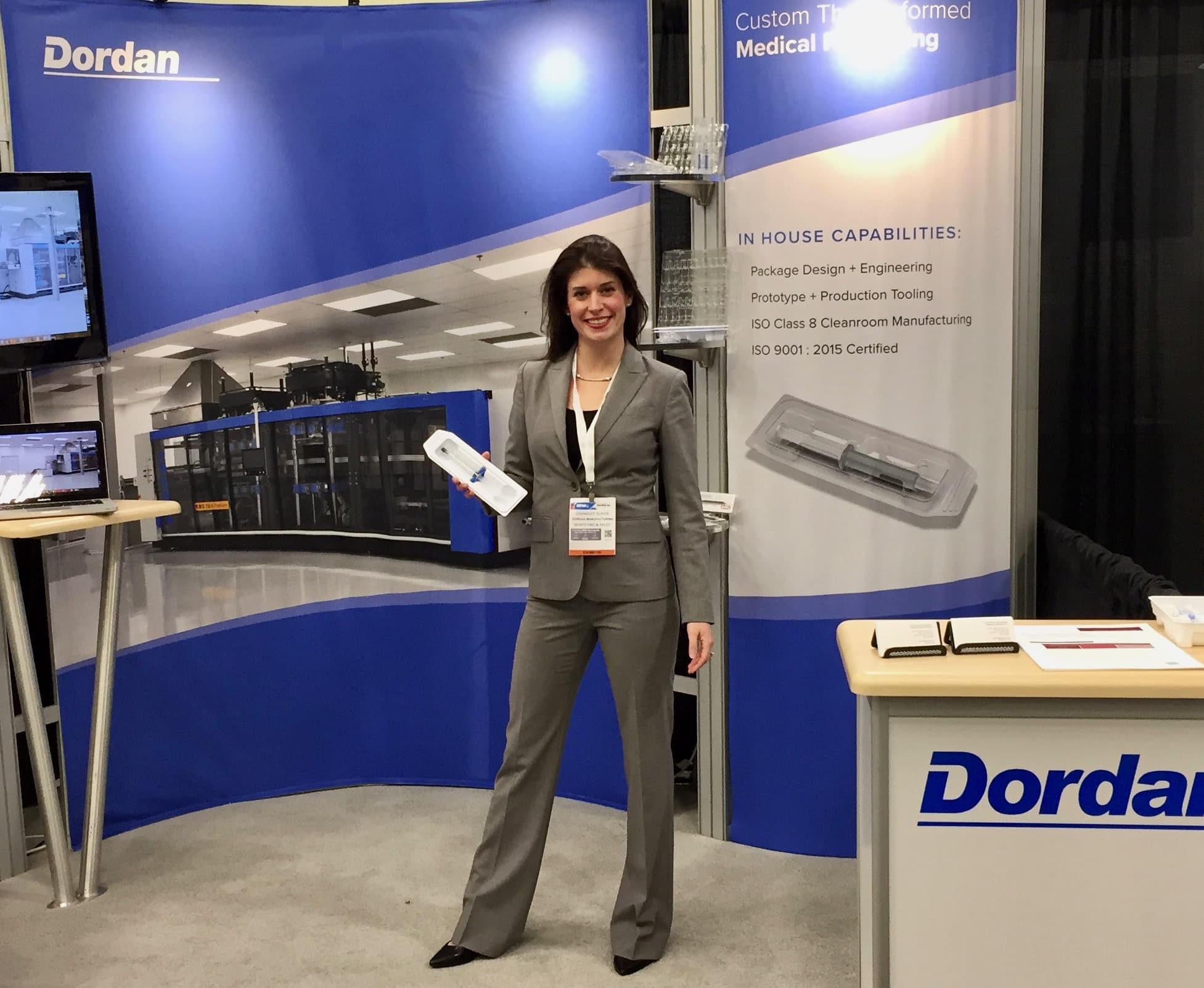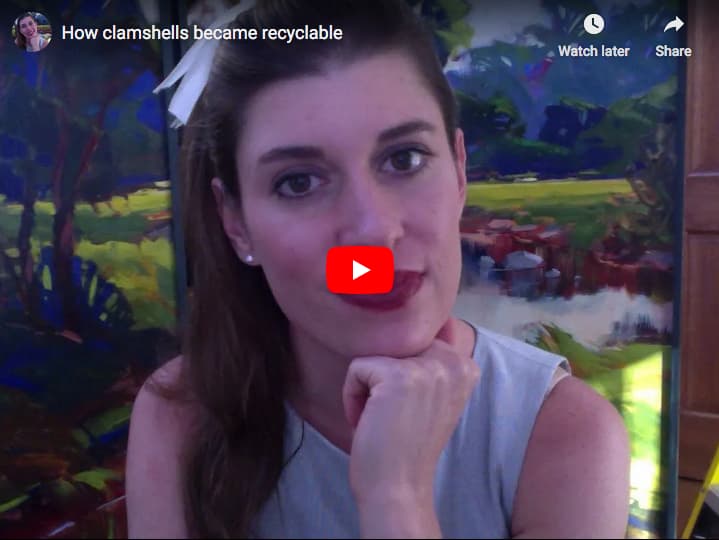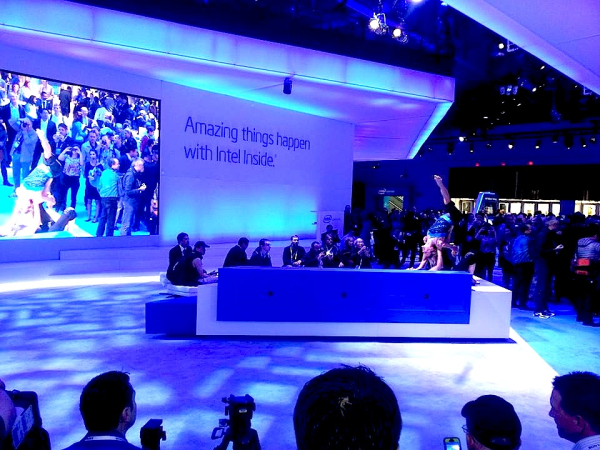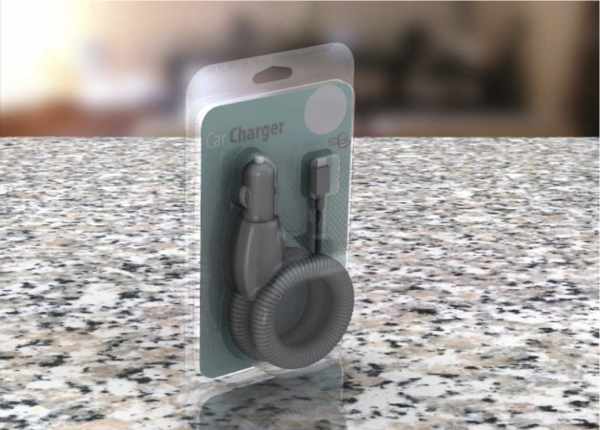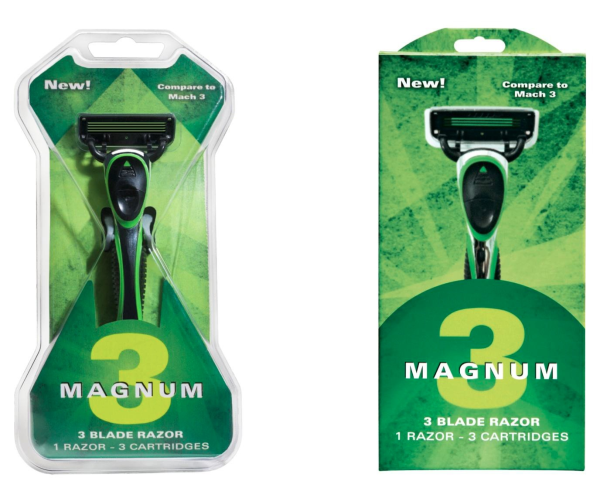COVID halted business travel, including trade shows and conventions. Dordan has not exhibited since 2019, but looks forward to showing off its new medical packaging at MD&M West (Anaheim, CA, August 10-12, 2021).
In the meantime, visit Dordan's digital booth, in this product photo gallery.

